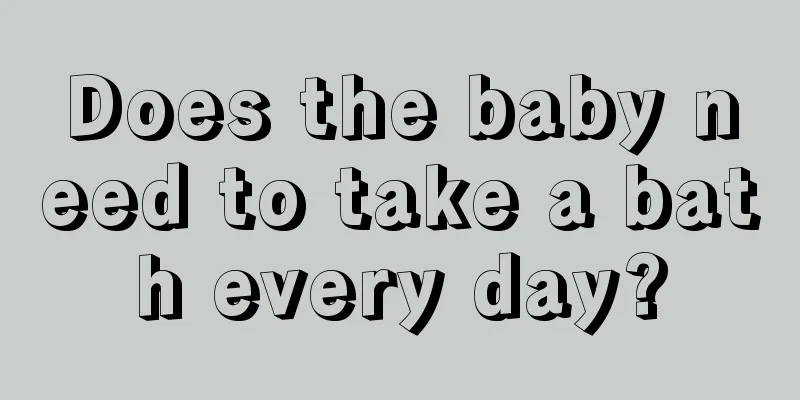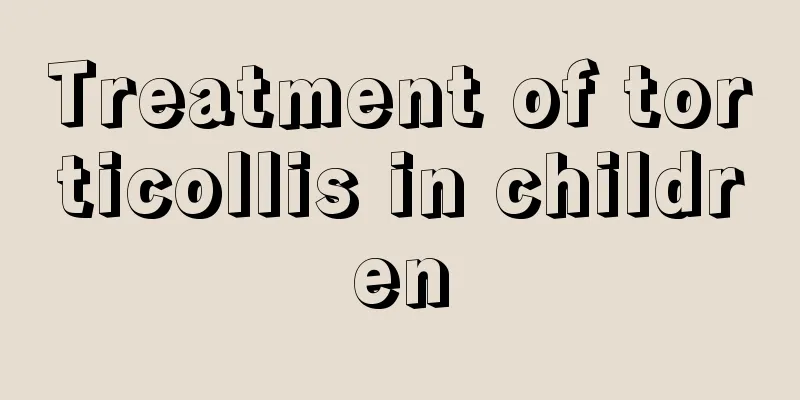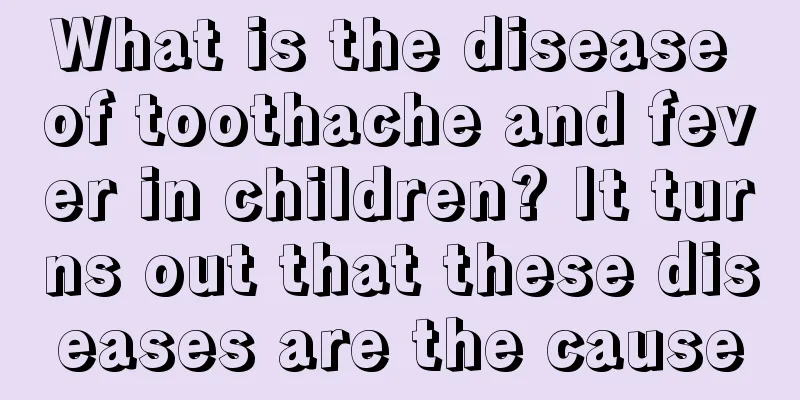What are the symptoms of a dislocated wrist in children?

|
Very young children are usually very energetic and often play around. They do not know how to protect themselves, so they often fall. When they fall, they will subconsciously use their hands to support the ground, which can easily lead to wrist dislocation. So if a child's wrist is dislocated, what symptoms usually appear? Symptoms of a dislocated wrist in children: Children with arm dislocation usually show abnormal movement and crying: the upper end of the radius of children is immature, the radial head is small, and the range of motion within the annular ligament is greater. The annular ligament is relatively loose and has a weaker binding force on the radial head. Therefore, children are prone to the upper end of the radius being dislocated from the annular ligament. Suggestions: Dislocation is recurring and habitual. Once it happens, it is likely to recur in the future. Never pull the child's arm suddenly by lifting objects or change the child's clothes with rough movements, so as to avoid dislocation from happening again and forming a habitual dislocation. Wrist dislocation is a common condition for babies in the infant stage. Once the baby's wrist is dislocated, it must be repositioned in time, otherwise it will have a great impact on the baby's wrist and wrist dislocation will occur frequently in the future. However, some people don’t know much about baby’s wrist dislocation. So what are the symptoms of baby’s wrist dislocation? Learn about the symptoms of baby's wrist dislocation through the following introduction. To determine whether the baby's wrist is dislocated, you need to put a toy in front of the baby and let the baby reach out to grab the toy. If the baby can raise his hand above his head, it proves that the baby's wrist is not dislocated. If your baby doesn't use his arm or can't lift his wrist no matter how hard he tries, his wrist may be dislocated. If your baby's wrist is dislocated, you must find a way to reposition it. The earlier the repositioning is done, the better the effect. When repositioning your baby's wrist, be sure to take your baby to a professional hospital for repositioning. Do not let your baby move his hand after the wrist is repositioned. If the baby's wrist is not repositioned after more than 24 hours of dislocation or the baby has a history of frequent dislocations, the swelling in the wrist will make the popping sound or bouncing sensation less obvious during repositioning, and the pain symptoms will not disappear immediately after repositioning. However, other discomfort symptoms can generally be gradually relieved. At this time, it is best to use a neck brace to fix the baby's elbows in a right angle position for about a week. The symptoms of baby's wrist dislocation are those introduced above. After reading these, you should have some understanding of the symptoms of baby's wrist dislocation. Therefore, when taking care of your baby, if there are any discomfort symptoms described above, you must observe whether the baby's wrist is dislocated. If there are symptoms of dislocation, you must go to the hospital in time to reposition the baby. |
<<: Infant and young child exanthema symptoms and care
>>: Five-year-old child sweats while sleeping
Recommend
What is the normal value of neonatal jaundice index?
We all know that jaundice is a phenomenon with a ...
Parents should learn to judge the symptoms of worms in children’s stomachs!
If personal hygiene is not taken care of, childre...
Why does a child get diarrhea after changing milk powder?
In life, some parents will often change their bab...
White spots on the child's face
Children are the group of people that families an...
What is the pathogenesis of childhood follicular lymphoma?
Children have a very high status in today's s...
What are the symptoms of rhinitis in a 1-year-old baby?
There are many reasons that can cause rhinitis. F...
Why does a two-year-old child cry when sleeping at night?
Children are in the stage of physical and mental ...
Baby's yellow complexion
Everyone must have often encountered this situati...
What should I do if my child has severe eczema?
Eczema is a skin disease. For many children, if t...
What to do if your child has a stuffy nose and snores? Mom has a solution
It is very common for children to have colds and ...
What is the best medicine for children with internal heat?
Generally, it is not recommended to give children...
What are the dangers of children's tooth fillings killing nerves?
Children always like to eat some sweets, which is...
What should I do if my three-year-old child cries a lot?
Crying is a way for babies to express their disco...
Why does my baby drool when he has a fever?
As children grow up, especially when they are sti...
What to do if your child has a persistent low-grade fever
Children's fever is the most troublesome prob...









